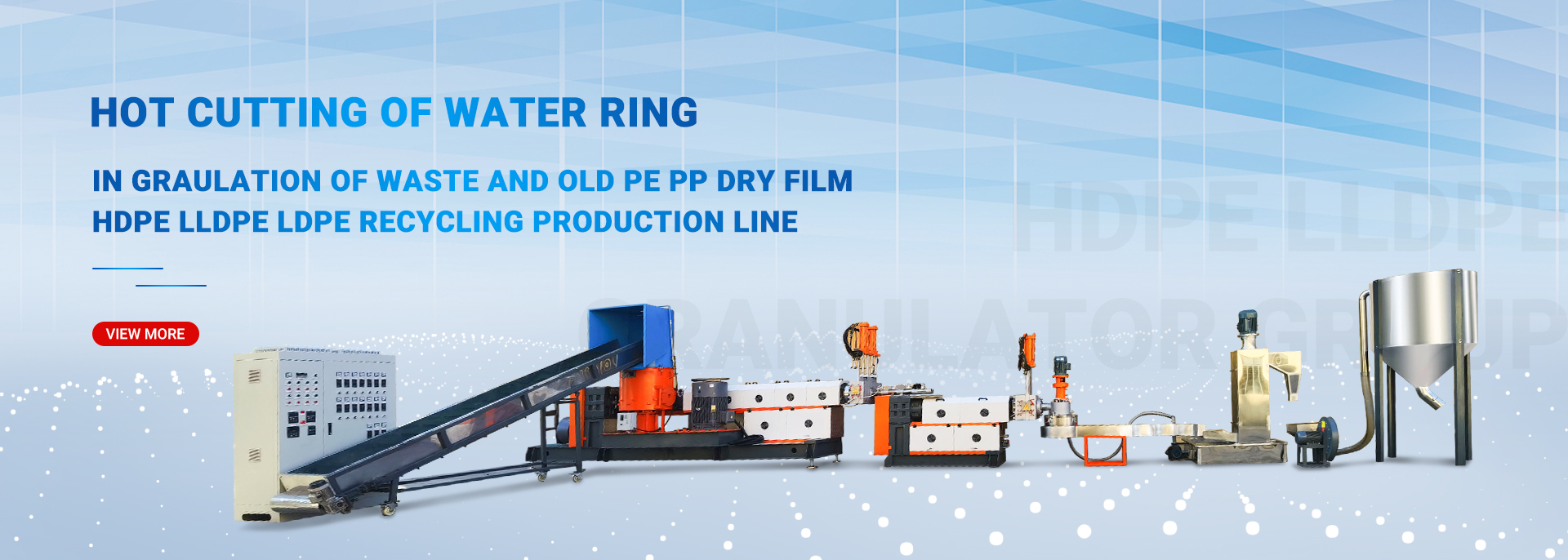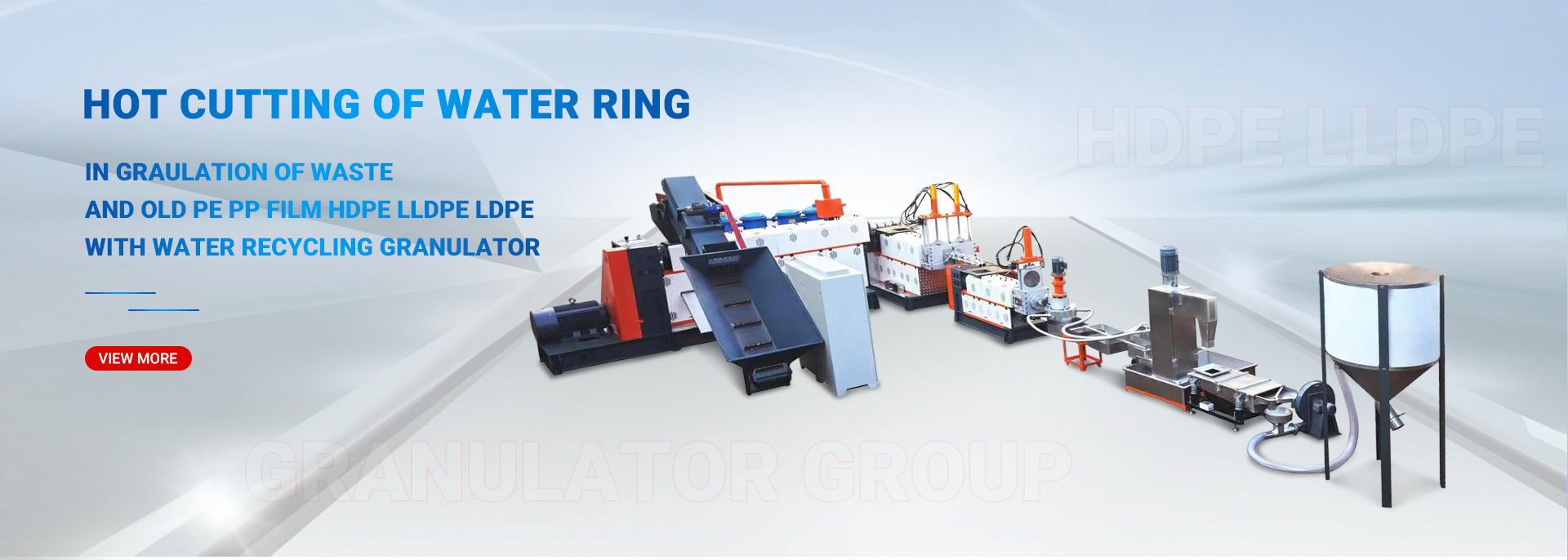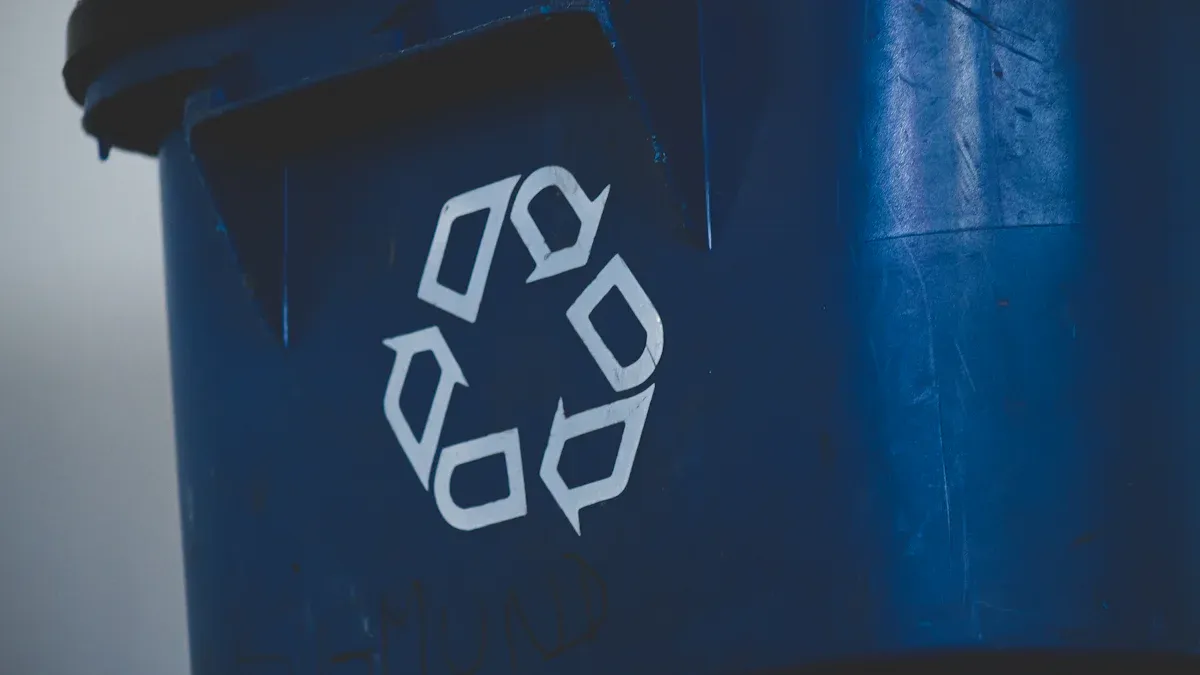
Recycling woven bags and films is essential for safeguarding our planet. In 2021 alone, over 264 million pounds of these materials were recycled, marking a 7.9% increase from the previous year! The film woven bag waste plastic recycling machine whole production line streamlines and enhances this recycling process, making it more efficient and effective.
Key Takeaways
- Pick machines that work fast and use less energy. This saves time and lowers recycling costs.
- Find strong machines made with tough materials. This helps avoid frequent repairs and saves money.
- Choose machines that can recycle many material types. This makes them useful for different recycling tasks.
Criteria for Selecting the Best Plastic Recycling Machines
Choosing the right plastic recycling machine can feel overwhelming, but it doesn’t have to be. Let me walk you through the key factors to consider when selecting the best machine for recycling woven bags and films.
Efficiency and Output Capacity
Efficiency is everything when it comes to recycling. A machine that processes materials quickly and effectively saves time and energy. For example, machines with advanced motor technology reduce energy consumption while maintaining high output. Features like enhanced blade designs also speed up material processing and improve precision.
Take a look at this breakdown of key performance indicators (KPIs) that measure efficiency:
| KPI Metric | Description |
|---|---|
| Production Efficiency Rate | Ratio of actual output to potential output during a given period. |
| Cost Per Unit Produced | Total cost incurred to produce a single unit of product. |
| Recycling Rate Of Raw Materials | Percentage of raw materials sourced from recycled material. |
| Waste Reduction Percentage | Reduction of waste generated during the manufacturing process. |
Machines with high production efficiency rates and low waste generation are ideal for handling the demands of a film woven bag waste plastic recycling machine whole production line.
Durability and Maintenance Requirements
Durability matters because no one wants to deal with frequent breakdowns. A reliable machine lasts longer and reduces repair costs. Machines built with robust materials and tested for tensile strength ensure long-term performance. For instance, tensile testing confirms that recycled materials can replace virgin materials in load-bearing applications. This makes them perfect for heavy-duty recycling tasks.
Environmental Impact and Energy Consumption
Sustainability is a big deal. Machines that consume less energy and produce minimal waste are better for the environment. Did you know that AI-powered systems can reduce energy use in industrial processes by up to 30%? This kind of innovation is a game-changer for recycling operations. Plus, using a film woven bag waste plastic recycling machine whole production line helps cut down on plastic waste, making a positive impact on the planet.
Cost-Effectiveness and ROI
Investing in a recycling machine is a big decision, so it’s important to think about the return on investment (ROI). Machines that are versatile, durable, and low-maintenance save money in the long run. For example, compact designs like the G-eco 50S Baler reduce waste pickup costs and are easy to operate, making them ideal for small businesses.
Versatility for Woven Bags and Films
Finally, versatility is key. A good machine should handle both woven bags and films efficiently. However, high moisture content in materials like PE film and PP woven bags can complicate the process. Machines designed to manage these challenges, such as those with advanced drying systems, ensure consistent feeding and better recycling results.
Top 10 Plastic Recycling Machines for Woven Bags and Films
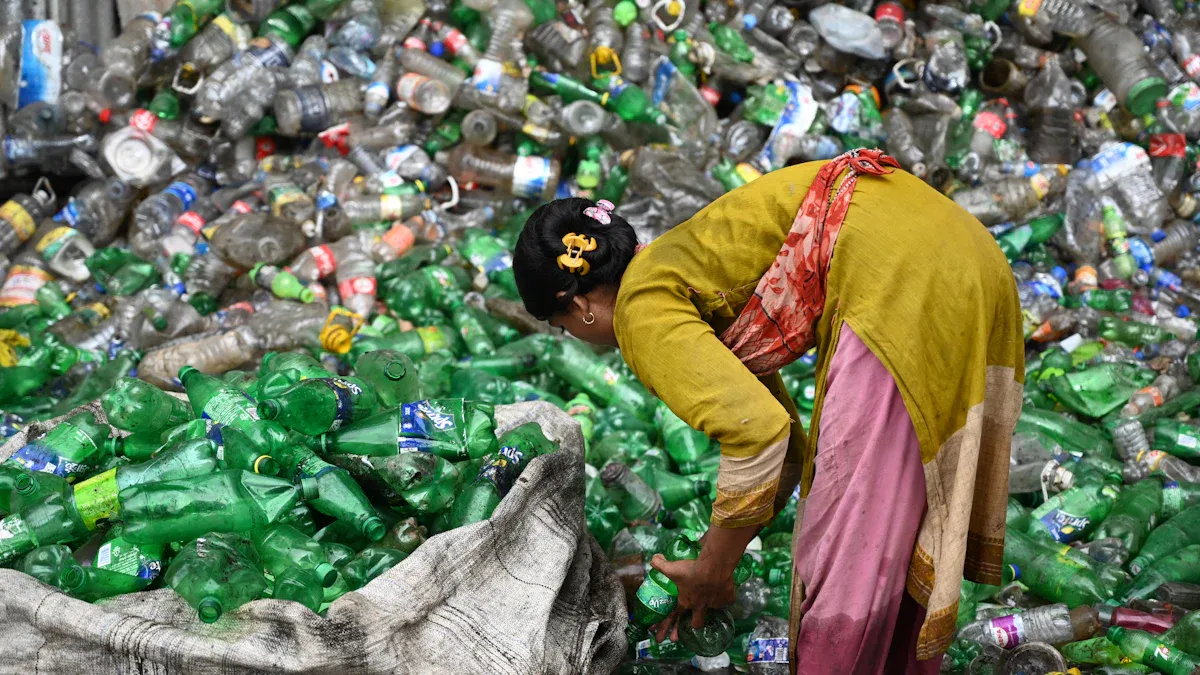
Double Screw Plastic Granulator by Yuyao Taipeng Machinery
Let me start with one of my favorites, the Double Screw Plastic Granulator. This machine is a powerhouse for recycling woven bags and films. It uses two screws to process materials efficiently, ensuring consistent granulation. I’ve noticed that its design minimizes energy consumption while maximizing output. It’s perfect for businesses looking to scale up their recycling operations. Plus, it integrates seamlessly into a film woven bag waste plastic recycling machine whole production line.
Single Screw Plastic Granulator by Yuyao Taipeng Machinery
Next up is the Single Screw Plastic Granulator. This machine is ideal for smaller-scale operations. It’s compact, easy to operate, and delivers excellent results. I love how it handles both woven bags and films with precision. Its single-screw design ensures smooth processing, making it a reliable choice for businesses just starting out in recycling.
Water Ring Granulator for Woven Bags and Films
The Water Ring Granulator is a game-changer. It uses water cooling to produce uniform pellets, which is essential for high-quality recycling. I’ve seen how this machine excels in handling materials with high moisture content. It’s a must-have for anyone working with a film woven bag waste plastic recycling machine whole production line.
Underwater Granulator with Advanced Pelletizing
If you’re looking for cutting-edge technology, the Underwater Granulator is worth considering. This machine operates underwater to create perfectly shaped pellets. It’s highly efficient and reduces dust during the recycling process. I find it particularly useful for producing temperature-controlled pellets.
Plastic Pellet Cutter for Uniform Output
Consistency is key in recycling, and the Plastic Pellet Cutter delivers just that. It ensures uniform pellet sizes, which is crucial for downstream applications. I appreciate its user-friendly design and low maintenance requirements. It’s a great addition to any recycling setup.
Comparison Table of the Top 10 Machines
Key Specifications (e.g., capacity, power consumption, price)
When comparing these machines, I always look at their key specifications first. It’s like checking the engine before buying a car. Here’s a quick breakdown of the top 10 machines and what they bring to the table:
| Machine Name | Capacity (kg/hr) | Power Consumption (kW) | Approx. Price ($) |
|---|---|---|---|
| Double Screw Plastic Granulator | 500-800 | 75 | 45,000 |
| Single Screw Plastic Granulator | 300-500 | 50 | 30,000 |
| Water Ring Granulator | 400-600 | 60 | 35,000 |
| Underwater Granulator | 600-900 | 80 | 50,000 |
| Plastic Pellet Cutter | 200-400 | 20 | 15,000 |
| Plastic Crusher | 500-700 | 40 | 20,000 |
| Non-Stop Screen Changer Without Mesh | N/A | 10 | 12,000 |
| S:GRAN Recycling System | 700-1000 | 90 | 55,000 |
| Cutter Compactor Integrated Line | 800-1200 | 100 | 60,000 |
| AI-Powered Sorting and Shredding System | 1000+ | 120 | 70,000 |
This table gives you a snapshot of their performance, energy use, and cost. It’s a great way to compare and decide which one fits your needs.
Advantages and Unique Features
Each machine has its own perks. Let me share some of the standout features I’ve noticed:
- Double Screw Plastic Granulator: Its larger screw diameter enhances mixing and boosts throughput.
- Single Screw Plastic Granulator: Compact size makes it easy to transport and install.
- Water Ring Granulator: Shallow channel design improves material compatibility and reduces energy use.
- Underwater Granulator: Produces temperature-controlled pellets with minimal dust.
- Plastic Pellet Cutter: Ensures uniform pellet sizes, perfect for downstream applications.
- Plastic Crusher: High efficiency with low energy demands.
- Non-Stop Screen Changer Without Mesh: Reduces downtime during operation.
- S:GRAN Recycling System: Combines durability with cost-effectiveness, lowering operational costs.
- Cutter Compactor Integrated Line: Handles high moisture content with ease.
- AI-Powered Sorting and Shredding System: Uses advanced AI to sort and shred materials efficiently.
These features make each machine unique. Whether you need high capacity, energy efficiency, or versatility, there’s a machine here for you.
Future Trends in Plastic Recycling Technology
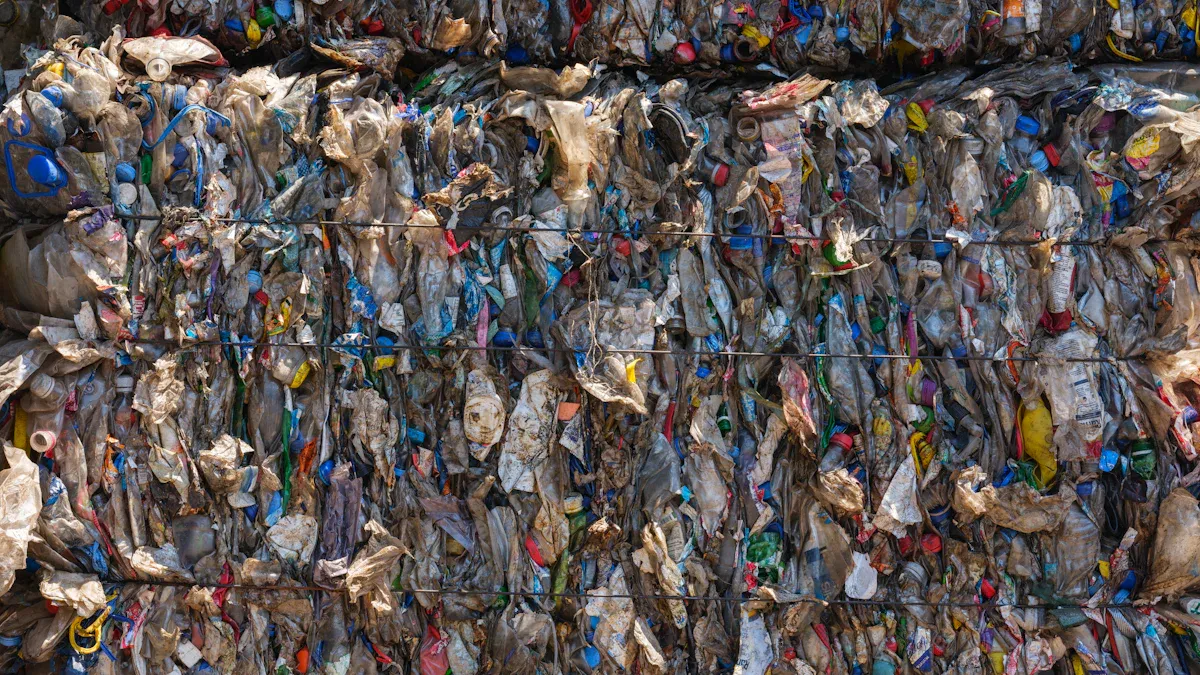
Innovations in Recycling for Woven Bags and Films
The future of recycling woven bags and films looks brighter than ever. I’ve noticed some incredible advancements that are reshaping the industry. For instance, infrared sorting technology now identifies plastic types with pinpoint accuracy. This means less contamination and higher recycling rates. Washing systems have also stepped up their game, removing impurities more effectively than before. And let’s not forget pelletizing machines, which transform waste into reusable pellets, reducing the need for virgin materials.
Here’s a quick look at how these technologies are making a difference:
| Technology | Description | Impact on Recycling Efficiency |
|---|---|---|
| Infrared Sorting | Sorts plastics by polymer type using infrared. | Improves sorting precision and recycling rates. |
| Washing Systems | Removes contaminants from plastic films. | Ensures high-purity recycled materials. |
| Pelletizing Machines | Converts cleaned films into reusable pellets. | Reduces dependency on virgin materials. |
These innovations are paving the way for a more sustainable future.
Automation and AI Integration
Automation and AI are game-changers in recycling. I’ve seen how AI-driven systems boost efficiency by up to 30%. They sort materials faster and more accurately, cutting operational costs and reducing pollution. Deep learning algorithms even identify contaminants better than ever before.
| Key Findings | Impact |
|---|---|
| Increased recycling rates | Up to 30% improvement with AI sorting. |
| Enhanced sorting accuracy | Better classification with deep learning. |
| Reduced operational costs | Savings from improved efficiency. |
| Pollution mitigation | Better contaminant identification. |
It’s amazing how these technologies are transforming the way we recycle.
Eco-Friendly Materials and Processes
Sustainability is at the heart of recycling. I’ve noticed more companies adopting closed-loop manufacturing, where materials are reused instead of discarded. This reduces waste and minimizes the need for new resources. Efficient waste management systems are also helping industries cut down on their environmental impact.
- Recycling offers a healthier, more sustainable alternative.
- Closed-loop systems reduce the demand for virgin materials.
- Sports organizations are even using recycled plastics to minimize waste during events.
These trends show that eco-friendly practices aren’t just good for the planet—they’re good for business too.
Recycling woven bags and films has never been easier with these top 10 machines. Each one offers unique benefits, from high efficiency to eco-friendly designs. Choosing the right machine depends on your business needs.
Investing in advanced recycling technologies boosts efficiency, reduces costs, and supports sustainability.
| Key Factor | Description | Impact on Recycling Technologies |
|---|---|---|
| Efficiency | High-efficiency motors and sorting technology. | Reduces operational costs and increases productivity. |
| Durability | Strong builds ensure longevity of machines. | Minimizes replacement costs and downtime. |
| Environmental Impact | Reduces new material usage and waste generation. | Supports sustainability and pollution reduction. |
Let’s work together to create a circular economy and protect our planet!
Post time: Mar-11-2025

